Lam Dong province has the largest natural area in the country, with three ecological regions, including plateau, midland and coastal areas; converging all elements of sea, forest, border gates, seaports... opening up vast space and potential for development.
This is a golden condition to form a new growth pole with a large enough scale, strong enough driving force and wide enough influence, contributing to leading the green economic trend and sustainable development for the Central Highlands region and the whole country.
Although there will be challenges and difficulties in the near future, with new development space and position, Lam Dong province has many new favorable conditions to focus on effectively exploiting potentials and strengths and creating momentum in the new period.
Lesson 1: LOCATION OF NEW DEVELOPMENT SPACE
Before the merger, Lam Dong, Binh Thuan and Dak Nong provinces all had their own characteristics in terms of natural conditions, socio-economics, culture, etc. Once merged, they will create great potential and strengths, and Lam Dong province is facing a historic opportunity to build an effective regional linkage structure, creating a new development space to realize the aspiration for prosperity and happiness.
Identify potential and strengths
Lam Dong province has a natural area of over 24 thousand square kilometers, the largest in the country; with 103 communes, 20 wards and Phu Quy special zone; a population of over 3.87 million people, ethnic minorities account for over 18.6% of the province's population. Lam Dong borders the provinces of Dak Lak, Dong Nai, Khanh Hoa, Ho Chi Minh City, the Kingdom of Cambodia and the East Sea. Comrade Y Thanh Ha Nie Kdam, member of the Party Central Committee, Secretary of the Provincial Party Committee, Head of the National Assembly Delegation of Lam Dong province affirmed: "The merger of the three provinces of Lam Dong, Binh Thuan, Dak Nong into Lam Dong province is a historic opportunity for the three localities to join forces, maximize the potential and advantages of each region, creating a new, larger and stronger development space".

The easily recognizable thing in the new development of Lam Dong is tourism, one of the "pillars" of local socio-economic development. With the range of forests and seas, beautiful natural landscapes, and the cultural colors of ethnic groups... have created diverse and unique tourism resources in Lam Dong from the border to the islands, from the mountains to the blue sea. Architect Tran Duc Loc (Lam Dong) said: "Lam Dong has a diverse culture from three ethnic groups of the Central Highlands, Cham and Viet. Besides, tourism resources, such as Da Lat, Ta Dung, Mui Ne, Phu Quy... can create a special local brand".

In the highlands, the Da Lat tourism brand has long been positioned on the domestic and international tourism map. The west of Lam Dong is the land associated with the Mnong plateau, where there is the UNESCO Dak Nong global geopark, along with the majestic waterfalls of Dray Sap and Lieng Nung; the Nam Nung and Ta Dung eco-tourism areas and many intangible cultural heritages... that can be exploited to develop discovery tourism, eco-tourism, geological tourism and community tourism. The coastal areas are beautiful beaches, high-class resorts, and rich island ecosystems.
Lam Dong also owns heritages such as the Central Highlands Gong Cultural Space, Nguyen Dynasty Woodblocks, LangBiang World Biosphere Reserve... creating unique and special tourism products. Chairman of Lam Dong Provincial People's Committee Ho Van Muoi emphasized that from identifying potentials and advantages, it is necessary to find the right path to build and develop the tourism brand of Lam Dong of thousands of flowers, Lam Dong of blue sea, Lam Dong of great forests, creating unique tourism products to attract tourists.
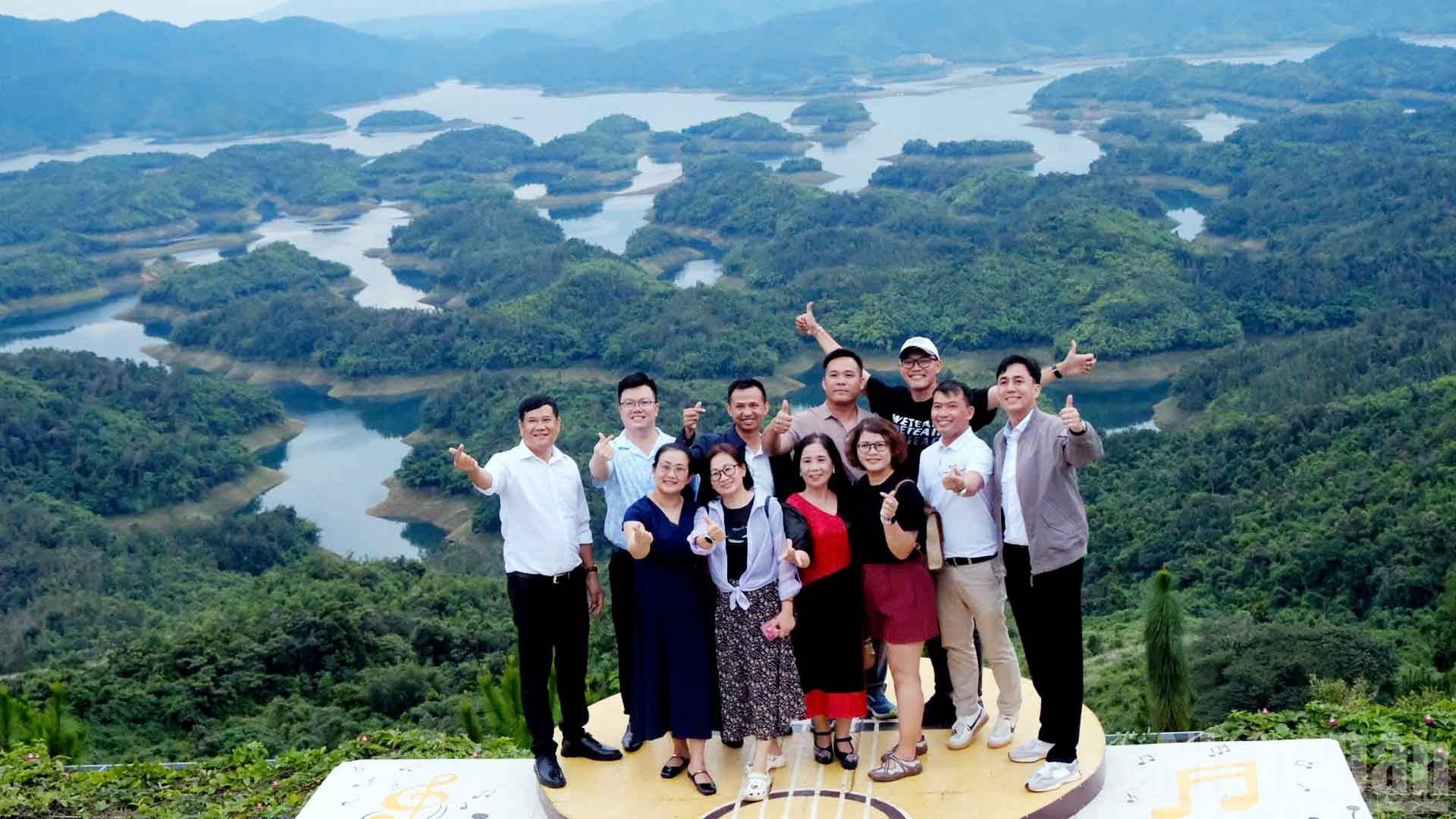
Lam Dong is a locality with one of the largest agricultural production areas in the country, with a scale of more than 1 million hectares; of which, the high-tech agricultural production area is more than 107.2 thousand hectares; the aquaculture area is about 6,150 hectares. Lam Dong has many famous agricultural product brands, which have been registered for intellectual property rights, such as vegetables, flowers, tea, coffee, silk, cold-water fish, dragon fruit... making Lam Dong a highly efficient commodity agricultural economic zone; high-tech organic ecological agriculture, large-scale smart and circular agriculture. Professor, Dr. Mai Trong Nhuan, former Director of Hanoi National University, said: "Promoting advantages in natural conditions, natural resources, culture, history... Lam Dong will affirm its position in agriculture and tourism; will be a "supermarket" of green, clean agricultural products for the whole country and a beautiful destination, a "charging station" for tourists' health".
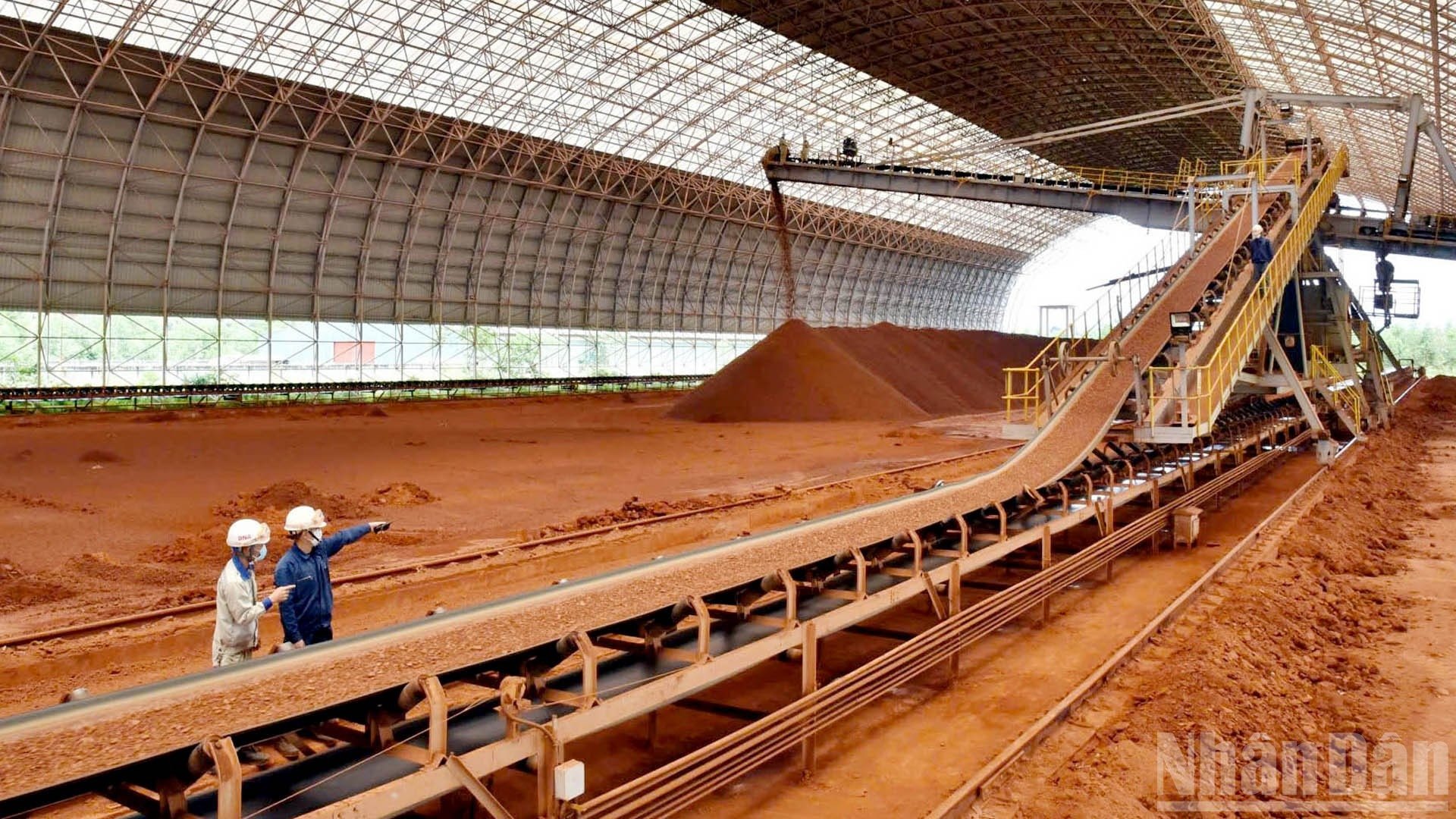
Along with tourism and agriculture, the bauxite-aluminium-aluminium industry will be an important economic pillar of Lam Dong province. With an estimated bauxite reserve of more than 5.4 billion tons of raw material, nearly half of the country's bauxite resources; currently, two major projects are the Lam Dong bauxite-aluminium complex and the Nhan Co Alumina plant, operated by the Vietnam National Coal-Mineral Industries Group (TKV), producing about 650 thousand tons of alumina per plant each year. In the coming time, Lam Dong will continue to increase mineral reserves and optimize the value chain from bauxite mining, alumina preparation to aluminum smelting. Many experts assess that Lam Dong has the opportunity to become the bauxite-aluminium-aluminium industrial center of Vietnam and the world.
New development space
The overall picture of Lam Dong's socio-economic development is currently quite clear, in the highlands is the center of high-tech agriculture; industrial crops, valuable fruit trees, mining industry... In the southeast, it plays the role of a connecting hub to the sea, with advantages in renewable energy and coastal logistics. The connection between the highlands - midlands - coast helps to form an inter-industry value chain, a chain of linked urban areas, unique eco-tourism, resort and cultural areas, creating a space for interconnected, effective and sustainable development.
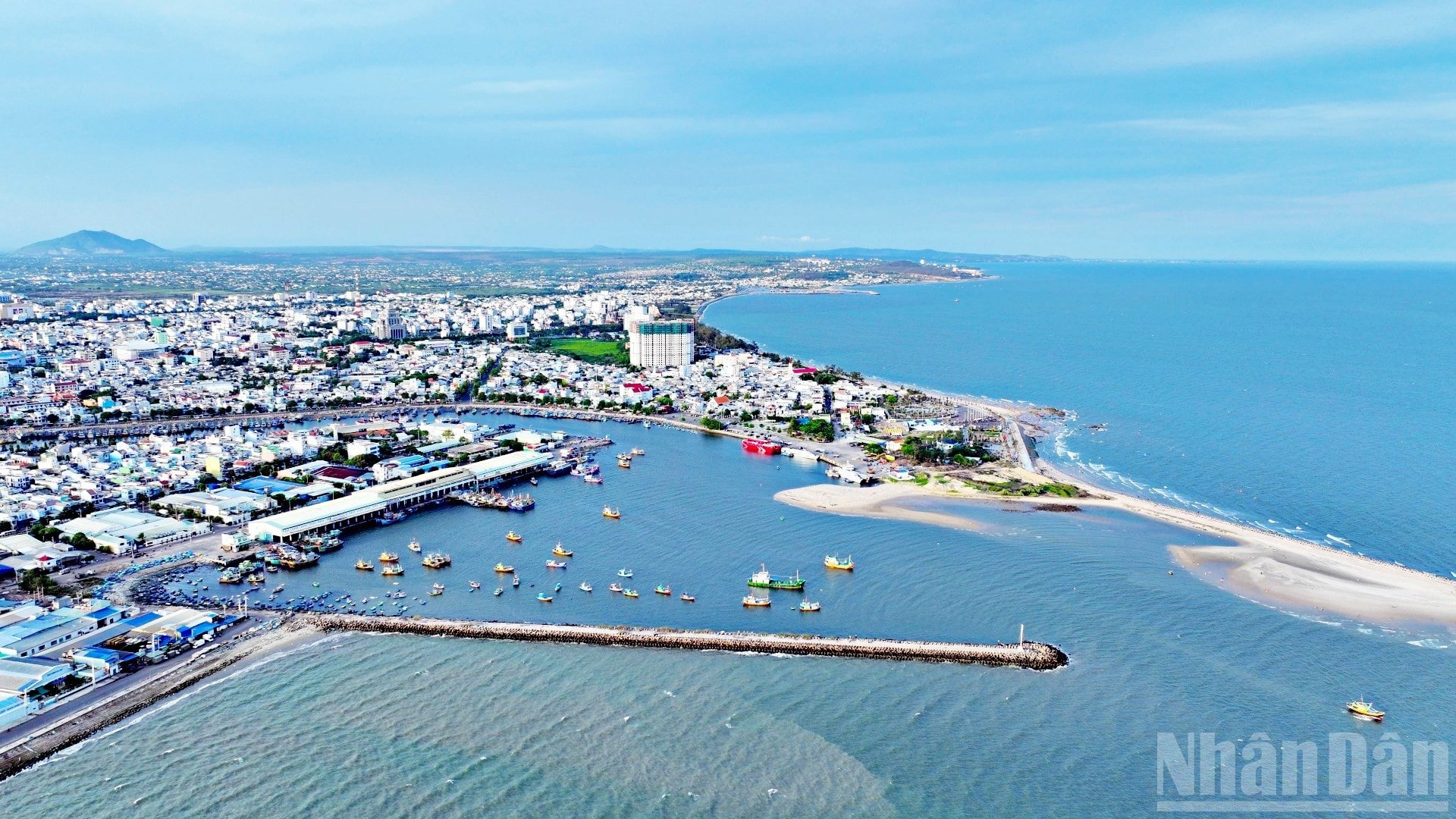
Many experts believe that Lam Dong has a very special geographical position, stretching from the southwestern gateway of the Central Highlands, bordering Cambodia, to the coastline of more than 190km in the east. If properly connected and combined, it will bring Lam Dong a huge, rare advantage; at the same time, creating an economic corridor connecting the "golden forest" and the "silver sea", opening up opportunities for comprehensive and sustainable development. Chairman of the Vietnam Urban Planning and Development Association, Architect Tran Ngoc Chinh said that the new Lam Dong province has many advantages, with Lien Khuong international airport, Phan Thiet airport, north-south railway, north-south expressway, Dau Giay-Lien Khuong expressway is being formed; the railway is expected to connect Da Lat-Phan Rang; seaports and some inland waterways with inter-regional connectivity. The completion and upgrading of national highways, intra-provincial, inter-regional and expressway connecting routes will ensure seamless inter-provincial connectivity.

Lam Dong has a 192km long coastline; a large sea area, connecting the Southeast sea area, the East Truong Sa, a large fishing ground and a rich coastal island system, with great potential for marine economic development. In 2024, the province's seafood output will reach 239 thousand tons, creating an important source of raw materials for seafood processing and export; seafood export turnover will reach 226 million USD. Deputy Director of the Department of Agriculture and Environment of Lam Dong province, Nguyen Van Chien, said that the locality is orienting towards sustainable development of the marine economy combined with ecological conservation, including renewable energy (wind power, wave power), green hydrogen production, high-tech coastal industry and island tourism. "The coastal area of Lam Dong province aims to have 80% of the sea area protected for biodiversity by 2030, while upgrading seaports, logistics systems and planting coastal forests to respond to climate change," Mr. Chien informed.

Currently, Lam Dong province has more than 1.1 million hectares of forest land, with a forest coverage rate of more than 46.7% of the total natural area of the province. The entire forest area has been handed over to 41 forestry companies, nature reserve management boards, forest management boards and 4 national parks, along with a number of other organizations, businesses and units for management. Forest owners have contracted more than 479 thousand hectares of forest to more than 20.5 thousand households and 37 collectives for management and protection. Dr. Pham S, an agricultural expert, said: "For Lam Dong, forest development is not only an economic activity, but also an effective measure to protect the environment and regenerate forest resources, contributing significantly to the goal of green growth in many fields. The forest coverage rate of nearly 47% is a great potential for the province to participate in the carbon credit market."
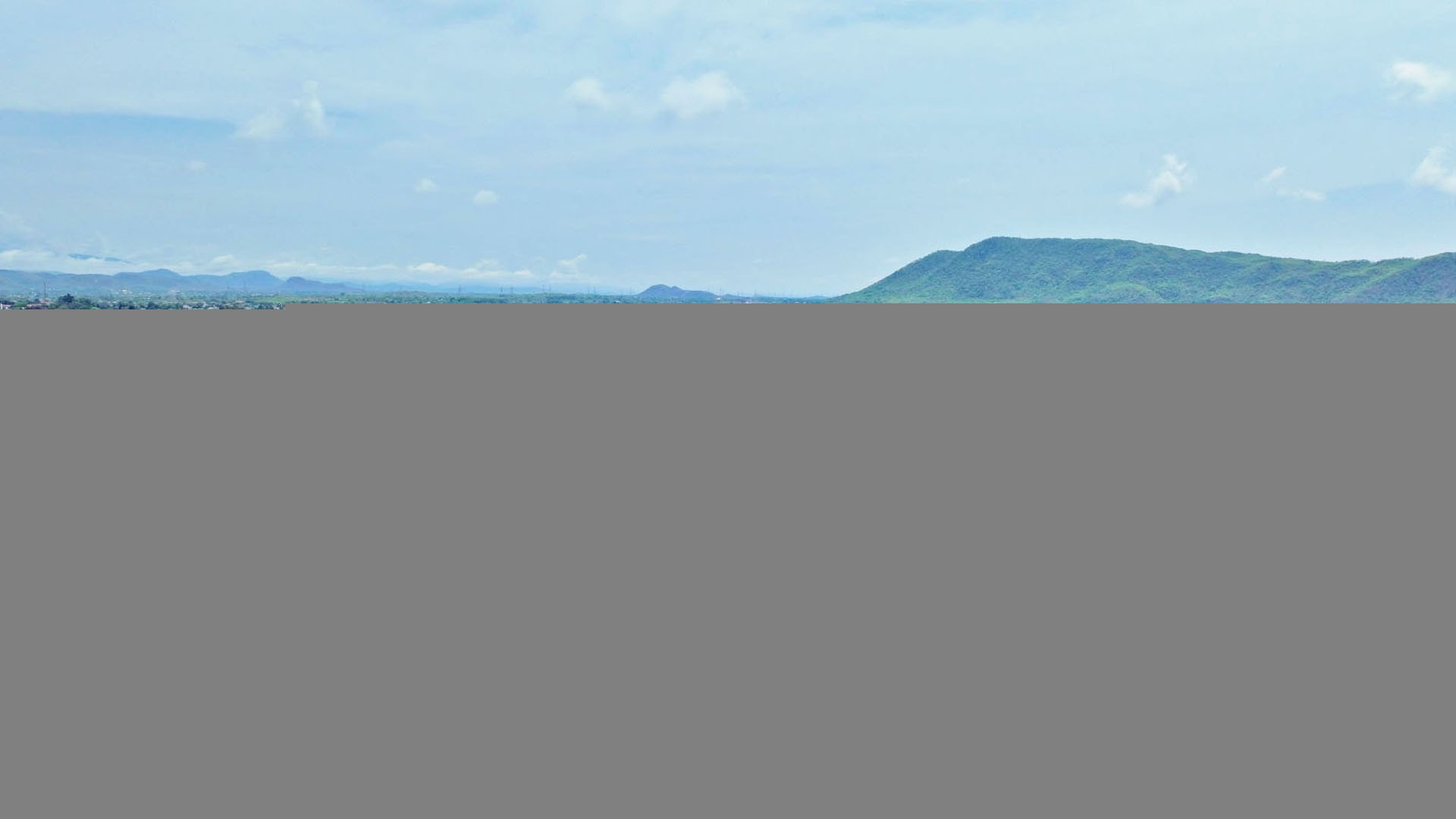
Lam Dong is a land of diverse and rich terrain, climate, resources and culture. From the cool Lang Biang plateau, to the blue sea and white sand in the east and the fertile basalt hills in the Mnong plateau in the west. Each region and each ethnic community here is "weaving" a vivid and unique socio-economic, cultural-historical picture.
Source: https://baolamdong.vn/bai-1-dinh-vi-khong-gian-phat-trien-moi-402762.html



![[Photo] Panorama of the 2025 Community Action Awards Final Round](https://vphoto.vietnam.vn/thumb/1200x675/vietnam/resource/IMAGE/2025/11/15/1763206932975_chi-7868-jpg.webp)


![[Photo] Prime Minister Pham Minh Chinh meets with representatives of outstanding teachers](https://vphoto.vietnam.vn/thumb/1200x675/vietnam/resource/IMAGE/2025/11/15/1763215934276_dsc-0578-jpg.webp)
![[Photo] General Secretary To Lam receives Vice President of Luxshare-ICT Group (China)](https://vphoto.vietnam.vn/thumb/1200x675/vietnam/resource/IMAGE/2025/11/15/1763211137119_a1-bnd-7809-8939-jpg.webp)
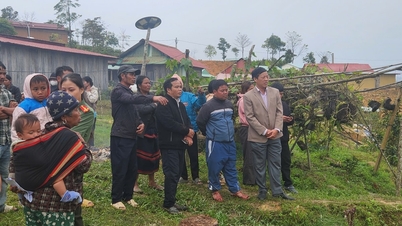

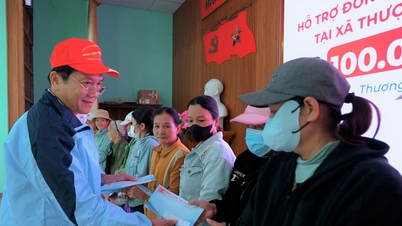



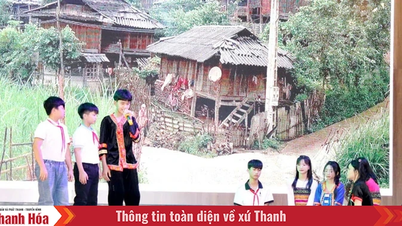

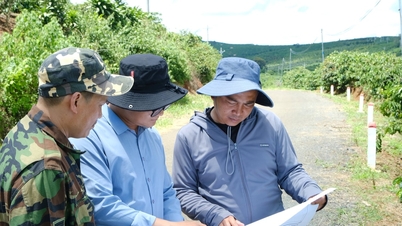







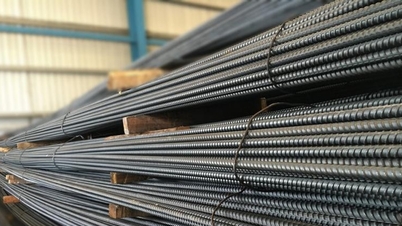


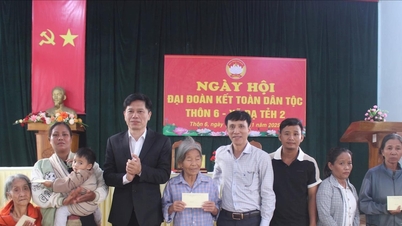








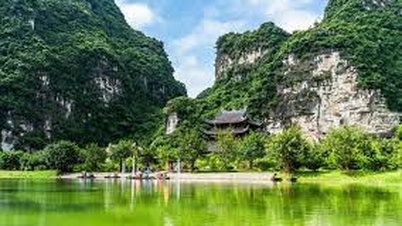








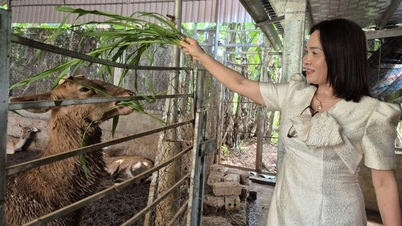






























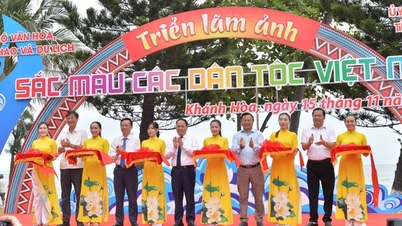



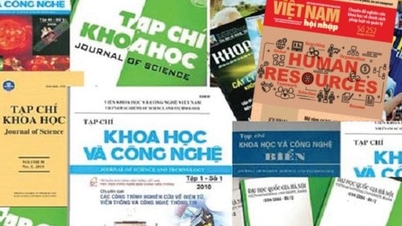
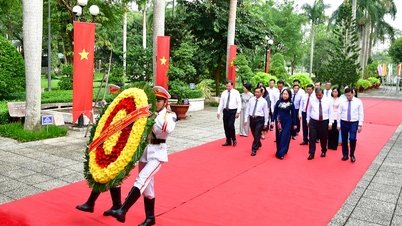



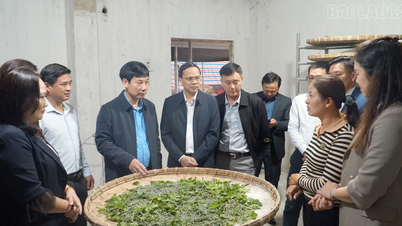













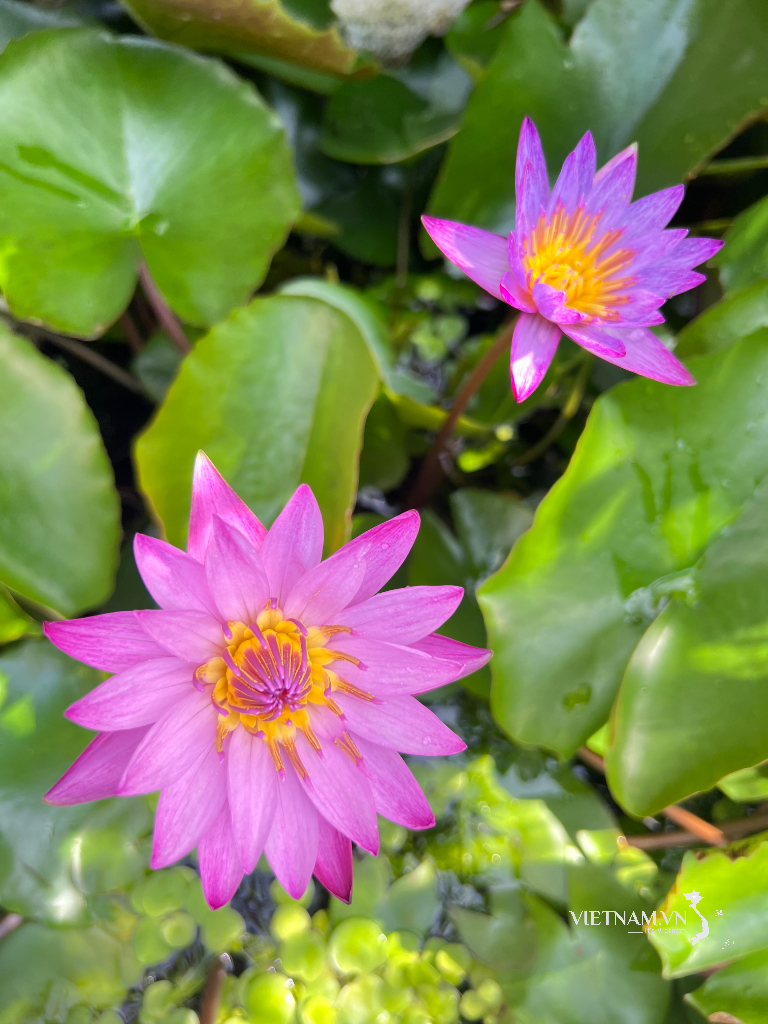
Comment (0)